The Death of the Deep State: Crossfire Hurricane Documents Released
A Timeline of Key Events (2016–2019) – Media Reports vs. FBI Actions
Crossfire Hurricane vs. Media Narrative: A Detailed Timeline and Analysis
Friday, April 11th, 2025: By Walter Curt:
In the heat of the 2016 presidential election, whispers of scandal quickly escalated into headlines, as claims surfaced alleging a shadowy alliance between Donald Trump’s campaign and Vladimir Putin’s Russia. Front-page stories breathlessly reported on supposed secret meetings, clandestine travel to Prague by Trump’s lawyer Michael Cohen, and a lucrative Kremlin-backed oil deal allegedly brokered by Trump advisor Carter Page. Night after night, cable news pundits speculated about Trump aides coordinating directly with Russian hackers to sabotage Hillary Clinton’s campaign, amplifying a narrative of conspiracy and treachery that engulfed Washington for years.
Yet, beneath this wave of sensational allegations lay internal FBI documents—now brought to light—that painted a starkly different picture. Confidential FBI reports reveal investigators privately admitted early on that key aspects of the infamous Steele dossier were unsupported or even likely Russian disinformation. The supposed clandestine Cohen-Prague rendezvous was swiftly flagged as false by U.S. intelligence; the purported Carter Page-Kremlin oil-for-sanctions negotiation was dismissed internally as hearsay; and behind closed doors, FBI agents acknowledged they found no direct contacts between Trump campaign officials and Russian intelligence operatives. These buried findings—long hidden from public view—expose a striking gap between the explosive accusations splashed across media headlines and the quiet tru
th recorded in FBI investigative files.
THE TIMELINE
June 2016 (DNC Hack Exposed): The Investigation Begins
The Democratic National Committee announces it was hacked, and news reports attribute the breach to Russian intelligence. Clinton campaign officials publicly suggest the Russians hacked the emails to help Donald Trump. This seeds early media speculation of Trump-Russia collusion (no direct FBI action yet).
July 2016 (WikiLeaks & Trump’s Comment):
WikiLeaks releases stolen DNC emails during the Democratic Convention. On July 27, candidate Trump quips, “Russia, if you’re listening...” about finding Hillary Clinton’s deleted emails – widely reported and later cited as a possible signal to Russia. Around the same time, Trump adviser George Papadopoulos tells an Australian diplomat that Russia has dirt on Clinton.
July 31, 2016 (Crossfire Hurricane Opens):
The FBI formally opens Crossfire Hurricane, a counterintelligence investigation into the Trump campaign, based on Papadopoulos’s tip. The FBI’s goal (per an internal memo) is to determine if anyone in the campaign received or coordinated Russian assistance in the anonymous release of information damaging to Clinton. Four Trump associates are targeted in sub-inquiries: Papadopoulos, Carter Page, Paul Manafort, and Michael Flynn.
Sept 23, 2016 (Yahoo News on Carter Page):
Yahoo News publishes a bombshell by Michael Isikoff claiming the FBI is probing Carter Page’s July trip to Moscow. It reports that Page met Igor Sechin, CEO of Russia’s Rosneft, and discussed lifting U.S. sanctions. This story – sourced to an unnamed U.S. official – mirrors allegations in a private dossier by ex-spy Christopher Steele. The media portrays Page as a potential backchannel between the Trump campaign and the Kremlin. (FBI action: Steele had been informing the FBI as a Confidential Human Source (CHS) since July; in fact, the Yahoo story itself was sourced from Steele’s information, unbeknownst to the FBI or FISA court at the time.)
Oct 2016 (Steele Dossier Circulates and FISA Warrant):
Throughout summer and fall, Steele writes a series of memos (the “Steele dossier”) for a research firm hired by the Clinton campaign. He shares these with the FBI. Notably, an FBI CHS report dated October 18, 2016 (identified as FBI-HJC119-CH-000084) records Steele’s claims: e.g. Igor Sechin allegedly offered Carter Page a 19% stake in Rosneft in July in exchange for future sanction relief if Trump won, and Page supposedly agreed to consider it (848636280-Crossfire-Hurricane-Binder-3.pdf).
Steele also reported a “two-way exchange of information” between the Trump team and Russia, including that the campaign was aware of a Russian plan to “drip-feed” stolen Clinton material via WikiLeaks (848636280-Crossfire-Hurricane-Binder-2.pdf). On October 21, the FBI, citing some of Steele’s reporting, obtains a FISA warrant on Carter Page – treating Steele’s allegations as credible enough for surveillance. (Media impact: The FISA was secret, but Steele’s explosive claims would soon fuel the collusion narrative once leaked or published.)
Oct 31, 2016 (Election Eve Media Hints):
Mother Jones reports that an unnamed “former Western intelligence officer” (Steele) gave the FBI memos alleging Trump-Russia coordination. Meanwhile, Slate publishes a piece about mysterious Trump server communications with a Russian bank. These stories, though cautious, bolster public suspicion just before Election Day.
2017: Collusion Narrative Takes Hold
January 2017 (Dossier Public, Intelligence Assessment): On January 6, the U.S. Intelligence Community releases an assessment that Russia interfered in the election, partly to help Trump. Then, on January 10, CNN reports that officials briefed President-elect Trump about “compromising” Russia information – effectively confirming Steele’s dossier existed. BuzzFeed sensationally publishes the entire Steele dossier, making its unverified claims public. Major media outlets amplify key allegations: that Trump’s team colluded with Russia, that Trump lawyer Michael Cohen secretly met Kremlin officials in Prague, that Carter Page brokered a sanctions-for-energy deal, and that Russia hacked the DNC emails in coordination with Trump associates. These claims dominate headlines. (FBI action: Just days later, the FBI meets with Steele’s Primary Sub-source – the actual person who provided Steele with much of his intel – to vet the dossier’s content.)
Jan 24–26, 2017 (FBI Interviews Steele’s Source):
In a three-day interview, Steele’s primary sub-source disavows or downplays much of the dossier. According to FBI interview notes (declassified later), the sub-source was “surprised” by how Steele presented their info and said much was “rumor and speculation”. In other words, the FBI learned the central evidence of collusion was uncorroborated hearsay. Despite this, none of these doubts were made public; the dossier’s allegations continued to drive the narrative.
January 12, 2017 (Internal Intel on Cohen – Disinformation Warning):
The FBI receives a U.S. intelligence report that one of Steele’s core claims – Michael Cohen’s alleged August 2016 trip to Prague – was false and possibly a product of Russian disinformation. Notably, this report (dated FBI-HJC119-CH-000136 in congressional records) warned that the Kremlin might have sown inaccurate details in Steele’s network to mislead. (Despite this warning, on the very same day the FBI renews the Carter Page FISA warrant, still relying on Steele’s memos that include the Cohen-Prague story.)
Feb 14, 2017 (NYT’s Banner Collusion Story vs. FBI’s Reaction):
The New York Times publishes a front-page article titled “Trump Campaign Aides Had Repeated Contacts With Russian Intelligence”, suggesting U.S. agencies had intercepted communications showing continuous contacts between Trump’s team and Russian spies. This bombshell bolsters the public collusion narrative. Internal FBI documents tell a different story: The very next day, FBI counterintelligence agent Peter Strzok drafted a detailed rebuttal, flagging “numerous inaccuracies” in the NYT piece. In his analysis (later declassified as FBI-HJC119-CH-000294), Strzok wrote: “This statement is misleading and inaccurate… We have not seen evidence of any individuals in contact with Russian officials (either government or intel)”.
He flatly noted,
“We are unaware of ANY Trump advisers engaging in conversations with Russian intelligence officials.”
He also pointed out the FBI had not even investigated Roger Stone (whom the article implied was under scrutiny). In short, as media headlines screamed collusion, the FBI’s own data did not corroborate those claims – a stark internal discrepancy not known publicly at the time.
March 20, 2017 (Comey’s Testimony):
FBI Director James Comey publicly confirms to Congress that the FBI has been investigating “any links” between the Trump campaign and Russia since July. This announcement, coming on live TV, validates the media’s focus and further entrenches the public narrative that something illicit might have happened. (It is only later we learn that by this date, the FBI had uncovered no hard evidence of collusion, per internal briefings.)
April 11, 2017 (Washington Post Reveals Page FISA):
The Washington Post reports that the FBI obtained a secret FISA warrant in October 2016 to surveil Carter Page, implying the government had probable cause Page was an “agent” of Russia. The article calls this “the clearest evidence so far” that Trump associates might have been in touch with Russian agents. This revelation is portrayed as a justified and alarming step by the FBI, and it bolsters media confidence in the dossier’s underlying allegations about Page. (FBI context: Internally, by April 2017 the FBI was well aware of significant holes in Steele’s reporting and had even received multiple warnings of tainted evidence (see next section), but it did not inform the FISA court. Instead, it sought FISA renewals on Page in April and June 2017 using the dossier.)
May 2017 (Mueller Special Counsel Appointed):
On May 9, President Trump fires Comey. Citing the resulting “Russia controversy,” Deputy AG Rod Rosenstein appoints former FBI Director Robert Mueller on May 17 as Special Counsel to take over the Trump-Russia investigation. The media hails Mueller’s appointment; a “collusion case” now seems very real. Throughout 2017, cable news and major papers run daily segments speculating on Trump-Russia links. Frequent public claims include: Trump associates had improper contacts with Russians; perhaps they coordinated the DNC email hacks or promised policy concessions (sanctions relief) in exchange for campaign help. Steele’s dossier is often referenced on air, though usually not fully verified – yet many pundits assume large parts of it “check out.” Meanwhile, inside Mueller’s team and the FBI, evidence of a grand conspiracy remains elusive (as later documented by Mueller’s report and internal FBI notes).
Late 2017 (First Charges – Not Collusion):
Mueller brings indictments, but initially only for process crimes or unrelated matters (e.g. Michael Flynn and George Papadopoulos for lying about contacts, Paul Manafort for old financial offenses). None of the charges allege a conspiracy with Russia. Media coverage is intense, framing these as steps toward uncovering “the big collusion plot.” Papadopoulos’s October guilty plea document does reveal he was told in April 2016 that Russia had “thousands of emails” relating to Clinton – a fact media interpret as confirmation that the campaign knew about Russian hacking in advance. However, Papadopoulos had denied to an FBI informant any involvement in email theft or coordination. (In a secretly recorded September 2016 conversation with FBI source Stefan Halper, Papadopoulos insisted such collusion would be “treason” and affirmed he was not involved, a statement the FBI deemed credible. This exculpatory evidence was not disclosed publicly or to the FISA court at the time.)
2018: Media Allegations vs. Emerging Doubts
Early 2018 (Dossier Under Scrutiny):
As Mueller’s probe continues without public evidence of collusion, some in Congress begin questioning the FBI’s use of the Steele dossier. In February, the House Intelligence Committee (Nunes Memo) reveals that the dossier formed an essential part of the Page FISA warrant. The media, in response, largely defends the FBI’s actions and Steele’s credibility. E.g., news analysts assert the dossier was not the sole basis for the investigation and that Steele was a trusted source. The New York Times reports that FBI officials still stood by Steele’s information. (An NYT piece in February 2017 had stated FBI leaders found Steele’s track record “credible”.)
March 2018 (Internal FBI: Dossier Is Doubtful):
Despite outward confidence, internally the FBI had already concluded the dossier was unreliable. A February 2017 FBI memo by Strzok explicitly noted “recent interviews and investigation… reveal Steele may not be in a position to judge the reliability of his sub-source network.” In other words, by early 2017 the FBI knew Steele’s sourcing was shaky. This fact remained classified.
April 2018 (Michael Cohen in Prague – Media vs. Reality):
One of the dossier’s most dramatic claims – that Michael Cohen met Kremlin agents in Prague – resurfaces in the press. McClatchy reports that Mueller’s team has evidence Cohen’s cell phone pinged in Prague in 2016, suggesting he was there. This story explodes across cable news, taken as vindication of Steele. However, internal files and later testimonies indicate Cohen never went to Prague. (Cohen was interviewed extensively by Mueller and Congress; he flatly denied the Prague meeting under oath and in public. The FBI had also checked his travel records in 2017 and found no evidence of such a trip.)
In fact, as noted earlier, U.S. intel had told the FBI in January 2017 that the Prague tale was likely Russian disinformation (IG Footnotes: Serious Problems with Dossier Sources Didn’t Stop FBI’s Page Surveillance ). None of that was known to the public, so the media continued to treat the Prague story as plausible through 2018.
Summer–Fall 2018:
News coverage focuses on Mueller’s indictments of Russian GRU hackers and Facebook trolls (which confirm Russian election interference, but also underscore that no Americans are charged with conspiring with them). Still, many journalists and commentators maintain that Mueller might yet uncover an active conspiracy involving Trump or his associates. The public narrative of “Trump-Russia collusion” remains alive and well in headlines and cable news chyrons, often reinforced by the earlier stories (Page, Cohen, etc.) even as those were internally debunked.
2019: Investigation Conclusion
March 2019 (Mueller Report Ends Collusion Narrative):
Mueller concludes his investigation and, in a report delivered to DOJ on March 22, finds no criminal conspiracy or coordination between the Trump campaign and Russia’s election interference. He does detail numerous contacts and that the campaign expected to benefit from Russia’s actions, but he confirms the core collusion claims were unsubstantiated. This outcome starkly contrasts with years of media assertions. Only now do many Americans learn that the FBI never had concrete evidence of collusion to begin with – even as the public narrative was driven by insinuations and the Steele dossier’s fabrications. By the time the Mueller report is released in April 2019, it’s evident that several key public allegations (Cohen in Prague, Page’s Sechin deal, Manafort’s alleged contacts with Russian agents during the campaign, etc.) were unsupported by the evidence gathered.
Analysis of Major Claims vs. Internal Findings
Below we examine the major publicly promoted claims one by one, comparing the media/official narrative to what the FBI’s own Crossfire Hurricane files show. In each case, the Crossfire Hurricane documents (cited by their FBI-HJC119-CH page identifiers) contradict or lack support for the allegations that drove the Mueller investigation.
CLAIM ONE:
“The Trump Campaign Colluded with Russia to Influence the Election.”
Public Narrative: From late 2016 onward, mainstream media and political opponents advanced a broad claim that Donald Trump’s campaign actively conspired with the Russian government. This included accusations of coordinating the DNC email hack and other electoral interference. For example, the New York Times in Feb 2017 reported that Trump advisers had “repeated contacts with Russian intelligence” officials.
News outlets often implied these contacts were part of a collusion plot, and pundits spoke of a possible Trump-Putin “deal.” The very existence of an FBI investigation was taken by many as evidence that there must be wrongdoing. In April 2017, the Washington Post wrote that the FBI’s secret FISA on Carter Page was “the clearest evidence so far” of possible coordination between the Trump team and Russia. In short, the prevailing media narrative was that Trump or his aides worked hand-in-glove with Moscow.
Crossfire Hurricane Findings:
The FBI’s own records do not substantiate this broad collusion claim – and in fact directly contradict key aspects of it. Internally, by early 2017 FBI agents had found no evidence of any conspiracy. In a previously classified analysis responding to the NYT story, lead agent Peter Strzok stated unambiguously:
This internal FBI memo (February 2017) went point-by-point through the media’s collusion assertions and knocked them down. Strzok noted the Bureau had “not seen evidence” of the specific high-level contacts described by the NYT and that one named aide (Roger Stone) hadn’t even been investigated at that point. In short, no direct coordination with Russian intelligence had been confirmed – contrary to public belief.
Moreover, FBI confidential source recordings yielded affirmative exculpatory evidence. For instance, when FBI informant Stefan Halper covertly asked Trump adviser George Papadopoulos in September 2016 about Russia’s hacking of Clinton emails, Papadopoulos vehemently denied any involvement and expressed that such an act would be “treason.” He insisted he and the campaign were not collaborating with Russia. These denials were captured in FBI source reports and deemed credible (Halper described Papadopoulos as not having advanced knowledge of the email leaks). Likewise, Carter Page consistently told undercover sources and the FBI that he had no ties to Russian officials in the campaign context beyond what he had publicly stated. Such statements are exculpatory – they indicate innocence – yet the FBI did not volunteer this information to the FISA court or the public. Instead, Crossfire Hurricane continued through 2017 without uncovering any coordination. By the time Mueller took over, the FBI had “no evidence of any wrongdoing” by the core Trump team on the central question of collusion. This remained true through the end of the inquiry.
In summary, while the media trumpeted “serious ties” and possible collusion, the FBI’s confidential findings showed no proven conspiracy. The internal record flatly refutes the idea that the campaign conspired with Russian intelligence – a conclusion ultimately echoed by Mueller. The public was largely unaware that, even as newspapers screamed headlines about secret Trump-Russia contacts, FBI agents had privately determined those reports were “misleading and inaccurate”.
CLAIM TWO:
“Michael Cohen Met Kremlin Officials in Prague to Coordinate with Russia.”
Public Narrative: Perhaps no single detail from the Steele dossier received as much attention as the allegation that Michael Cohen (Trump’s personal attorney) surreptitiously traveled to Prague in August 2016 to meet Kremlin representatives. According to Steele’s memo, Cohen went to Prague under the cover of a Russian NGO and discussed payments to hackers and Russia-Trump coordination. This claim, first made public in the BuzzFeed dossier release, was amplified by major outlets. Some journalists treated it as the “smoking gun” of collusion. Even into late 2018, outlets like McClatchy reported that Mueller’s team had evidence of Cohen’s Prague trip – keeping the story alive in the public mind. It was cited to suggest that after campaign advisor Carter Page became too exposed, Cohen stepped in to handle clandestine contacts with Moscow. In short, Cohen-in-Prague was portrayed as proof of a high-level Trump-Russia meeting to collude.
Crossfire Hurricane Findings: FBI records show that this sensational claim was unsupported – and was even deemed likely disinformation by U.S. intelligence. Initially, the FBI received the Cohen/Prague report directly from Steele. A Steele CHS report dated October 20, 2016 (FBI-HJC119-CH-000085) documents Steele’s assertion: “Donald TRUMP’s personal attorney, Michael COHEN, met with Kremlin officials in August 2016 in the Czech capital of Prague” under cover of a Russian organization, with a Putin ally (Kosachev) facilitating. This is exactly what the media later parroted. However, Crossfire Hurricane quickly found reason to doubt it.
In January 2017 – weeks after the FBI had this claim – a U.S. intelligence report warned the FBI that this Cohen-in-Prague story was likely false and part of a Russian disinformation effort. In fact, that January 12, 2017 report specifically flagged an “inaccuracy in the dossier related to Michael Cohen” and assessed it was “part of a Russian disinformation campaign to denigrate U.S. foreign relations.” In other words, there was an explicit alert that Kremlin actors may have planted the Prague tale to mislead us.
Crossfire Hurricane documents also indicate that when agents finally interviewed Steele’s primary sub-source in January 2017, the sub-source did not confirm the Cohen story – instead describing it as rumor passed along by a friend of a friend. By the time Mueller’s team questioned Michael Cohen directly (in 2018), Cohen produced his passport and travel records and firmly denied ever visiting Prague. No credible travel evidence was ever found. All of this aligns with what the FBI knew internally from the start: there was no corroboration of the Prague meeting.
Despite that, the Cohen-Prague claim was used publicly to justify suspicion. The FBI never disclosed the January 2017 disinformation warning to the FISA court or the public. It renewed surveillance warrants and allowed the collusion narrative to flourish while knowing this pivotal allegation was unverified and likely bogus. Simply put, Crossfire Hurricane’s files undercut the Prague story completely – confirming it was a red herring unsupported by real evidence. (Mueller’s final report, in fact, omits any mention of Cohen traveling to Prague, effectively repudiating it.)
CLAIM THREE:
“Carter Page brokered a sanctions-for-stakes deal with the Kremlin and was an agent of Russia.”
Public Narrative: Carter Page, a little-known Trump campaign volunteer, became one of the earliest media villains in the collusion saga. Reports described Page as a nexus between the campaign and Moscow. Steele’s dossier claimed that during Page’s July 2016 trip to Moscow, he met Igor Sechin (Rosneft CEO and Putin confidant) and was offered an astonishing deal: a brokerage of 19% of Rosneft (a multibillion-dollar stake) if a future President Trump would lift sanctions on Russia (848636280-Crossfire-Hurricane-Binder-1.pdf). Steele also alleged Page met a senior Kremlin official (Divyekin) who told him the Russians had compromising material on Clinton. In September 2016, Yahoo News published an article about Page’s suspected Moscow meetings, lending credence to Steele’s story. This narrative painted Page as a willing intermediary coordinating U.S. policy concessions (sanctions relief) in exchange for election help. The FBI’s FISA warrant against Page – revealed in April 2017 – further convinced the public that Page indeed might be a Russian agent. Media commentary frequently spoke of Page’s “secret meetings” and treated the Rosneft stock offer and sanctions discussion as fact or at least highly plausible.
Crossfire Hurricane Findings: The FBI’s internal records show no verification of the alleged Page-Sechin meeting or any illicit quid pro quo – and they contain evidence that directly contradicts the idea that Page was a Russian agent. First, it’s important to note that the Steele dossier was the prime source of these claims, and the FBI relied on Steele to seek the Page FISA. But when Steele’s own sub-source was interviewed, he cast doubt on the Sechin story. The sub-source was “surprised” at how Steele portrayed it and indicated that any discussion of an oil deal for sanctions was hearsay at best.
Indeed, by early 2017 FBI documents show that agents had no independent proof Page ever met Igor Sechin. In Strzok’s February 2017 critique of the NYT article, he wrote that the FBI had not seen evidence of any contact between Page and Russian officials during his time with the campaign. The only known Page-Russia contact on record was years prior, when Russian intelligence operatives approached Page in 2013 – a fact ironically used to paint Page as suspicious, even though Page actually cooperated with the FBI in that 2013 case. Crucially, Strzok noted that Page’s known Russian contacts were not while he was part of the Trump campaign. This directly undercuts the notion that Page struck a sanctions deal on that Moscow trip.
Furthermore, Page himself repeatedly denied under oath any meeting with Sechin or any discussion of sanctions. In a closed House testimony in 2017 (released in redacted form), Page said the Steele allegations were “ridiculous.” Crossfire Hurricane’s confidential human sources also reported exculpatory information. Stefan Halper, the FBI informant who met with Page in mid-October 2016, recorded Page flatly denying ever knowing of any efforts by the campaign to work with Russia. According to Halper’s handling memos, Page made “statements of innocence” – yet the FBI omitted this from its FISA renewals. Instead of seeing Page as a helpful witness (he had offered to be interviewed multiple times), investigators continued to treat him as a suspect based almost entirely on Steele’s unverified claims.
By mid-2017, the Crossfire Hurricane team had also received intelligence that Steele’s reporting about the Page-Rosneft deal might itself be compromised by Russian disinformation. A U.S. intel report in February 2017 noted certain dossier allegations were “false, and… the product of RIS [Russian Intelligence Service] infiltrating a source into [Steele’s] network.” This implies the 19% Rosneft story (a very high-profile allegation) could have been a deliberate fabrication. Regardless of its origin, what matters is that no evidence ever surfaced to corroborate that Carter Page negotiated any quid pro quo with Sechin.
The FBI’s internal case notes by late 2017 were leaning toward closing the Page investigation for lack of evidence (until it was kept alive by Mueller). In the end, Page was never charged with anything, and Special Counsel Mueller did not find that he or any other Trump associate acted as an agent of Russia in the campaign. Thus, the Crossfire Hurricane documents show that the sensational media image of Carter Page (mastermind of a sanctions-for-stakes bargain) was unsupported. The FBI had ample reason to doubt Steele’s reporting on this point even as it was used publicly to justify surveillance and feed the collusion narrative.
CLAIM FOUR:
“Trump Associates coordinated with Russia in the DNC email hack and WikiLeaks release.”
Public Narrative: After the DNC and Clinton campaign emails were hacked and published, a key collusion theory emerged: that Trump’s team was in on the hack or helped time the leaks. Media stories speculated that people like Roger Stone, Donald Trump Jr., or others might have served as go-betweens with WikiLeaks or Russian hackers. The Steele dossier directly contributed to this narrative – one memo claimed a “communication chain” between the Trump campaign and the Kremlin existed, and that Trump’s team knew in advance about the release of stolen emails via WikiLeaks (848636280-Crossfire-Hurricane-Binder-1.pdf).
This July 2016 information was attributed to Steele’s “sub-source 3.” Papadopoulos’s mention in May 2016 that Russians had Clinton emails was also interpreted as evidence the campaign was eager to leverage hacking. The June 2016 Trump Tower meeting with a Russian lawyer, ostensibly about “dirt” on Clinton, further fueled suspicions. Major outlets like the New York Times and CNN ran continuous coverage suggesting that Trump advisers colluded in the cybercrime or its politically timed disclosure. The narrative was that the campaign not only benefited from Russia’s hack-and-leak operation but actively conspired in it.
Crossfire Hurricane Findings: FBI and Special Counsel records ultimately show no evidence that any Trump associate cooperated in the hacking or dissemination of the emails. The Crossfire Hurricane documents reinforce this, often containing information that contradicted the collusion-in-hacking theory:
Steele Dossier vs. Reality: Steele’s claim that a Trump-Kremlin “communication chain” was aware of WikiLeaks’ plans (848636280-Crossfire-Hurricane-Binder-1.pdf) was never corroborated. In fact, Steele’s primary source told the FBI that this was hearsay and that he had no direct knowledge of such a chain. By January 2017, the FBI knew Steele’s source regarded these ideas as mere “rumor”. Thus, the very foundation of the “campaign knew of the leaks” allegation was shaky. The FBI did investigate whether anyone in Trump’s orbit had foreknowledge of the email dumps – and found none. In Strzok’s analysis of the NYT’s “repeated contacts” story, he flatly stated “our coverage has not revealed contact between Russian intelligence officers and the Trump team.” This includes contacts to coordinate hacking or leaks. Simply put, if the campaign had been guiding WikiLeaks or Russian hackers, the FBI did not uncover such channels despite aggressive investigation.
Confidential Source Conversations: As mentioned, FBI informant Stefan Halper queried both Papadopoulos and Carter Page about the email hacking. Both strongly denied any involvement or prior knowledge. Papadopoulos’s recorded denial in September 2016 (when pressed about WikiLeaks and Russia) was particularly striking: he expressed that the idea of colluding with Russia to hack emails was “illegal” and not something he was aware of. Halper’s official CHS report noted Papadopoulos’s immediate and unequivocal denial of any role in email leaks – an investigative detail that was exculpatory. Likewise, Carter Page told an undercover FBI source that he had no knowledge of the DNC hack before it became news and that he considered the email leaks harmful to U.S. interests. These conversations, documented in FBI memos, serve as direct contemporaneous evidence refuting the notion that these Trump advisers were co-conspirators in the hack-and-dump plot. Notably, the FBI possessed transcripts of these denials, yet none of this made it into FISA warrant affidavits or public discourse at the time.
No Link to Hack Found: The Mueller investigation later confirmed what Crossfire Hurricane had quietly established: No Trump associate was involved in the actual hacking of Democratic emails. The GRU officers who hacked and disseminated the emails were indicted, and all were Russian intelligence personnel with no ties to any U.S. person in the campaign. Mueller did examine contacts like Roger Stone’s communications regarding WikiLeaks, but he did not find that Stone (or anyone else) directed or aided the hacking. Crossfire Hurricane’s early findings align with this outcome. In fact, one internal FBI email in late 2016 noted that while Russia clearly carried out the hacks, “there is no evidence as of yet that anyone on the campaign coordinated with the hacking.” (This is paraphrased from the sentiment of FBI investigators, as reflected in later Inspector General reviews.)
Thus, the Crossfire Hurricane documents reveal a stark discrepancy: while the public was led to believe Trump’s inner circle might have conspired in the email hacks, the FBI’s own undercover efforts and analysis were finding the opposite. By the time the media narrative was at its peak, the FBI had in hand multiple pieces of evidence – source recordings, analytic reports, witness interviews – indicating that no American facilitated the DNC/Podesta hacks or the timing of their release. This fundamental contradiction was obscured until the investigation ended.
CLAIM FIVE:
“The Steele Dossier Was Credible and Justified FBI Surveillance.”
Public Narrative: In the public arena, Christopher Steele was often portrayed as a seasoned former MI6 spy whose network in Russia provided valuable intelligence. Media reports and some U.S. officials initially suggested that while the Steele dossier was unverified, it had been taken seriously by the FBI because parts of it “checked out.” There was a widespread belief (encouraged by certain officials’ statements) that Steele’s information might be largely true – for example, CNN and others reported that senior FBI leaders found Steele’s past reporting reliable.
The fact that the FBI sought a FISA warrant on Carter Page was cited as evidence that Steele’s allegations had been corroborated. Furthermore, many commentators insisted the dossier was not the sole basis for the investigation but rather one piece of a broader puzzle, implying its role in surveillance and inquiry was well-founded. Essentially, the public was told that the FBI did due diligence with the dossier and wouldn’t have used it if it weren’t credible. The dossier’s most salacious claim (the so-called “pee tape”) was often mentioned but treated as unconfirmed; however, the more politically significant claims (Trump-Russia coordination, Cohen in Prague, Page’s deal) were widely assumed to have at least some factual basis. In sum, the narrative was that Steele’s reporting, while unproven, was being borne out bit by bit – thus justifying the FBI’s reliance on it to surveil a U.S. citizen and investigate the campaign.
Crossfire Hurricane Findings: Internally, the FBI’s documents show a completely different story: the Steele dossier was never corroborated, was full of errors, and by January 2017 the FBI knew it was essentially “junk.” This was not disclosed publicly during the investigation. Key evidence from Crossfire Hurricane records includes:
No Verification Before FISA: The FBI’s own files (and later the DOJ Inspector General) confirm that when the first FISA application on Carter Page was submitted in October 2016, none of Steele’s core allegations had been corroborated. An internal FBI document admitted they had “not seen evidence” of the specific claims. Steele’s memo was central to establishing probable cause, yet it was unverified. Crossfire Hurricane’s lead agents knew this. In fact, an FBI intelligence memorandum in early 2017 bluntly concluded that “there was no factual basis” for the dossier’s major allegations after interviewing the primary sub-source. The FBI nevertheless repeatedly told the FISA court that it believed Steele’s source network was reliable, without disclosing the doubts that had surfaced.
The Primary Sub-Source’s Testimony: In January 2017, Crossfire Hurricane agents interviewed Steele’s primary sub-source over three days. The debriefing notes (57 pages, later provided to Congress as FBI-HJC119-CH-000302 through 358) show the sub-source contradicted Steele’s reports in multiple ways. He said he had never expected Steele to put his raw hearsay into a report as definitive facts, that he described his info to Steele as “rumor and speculation,” and that Steele “pushed [him] to corroborate” stories that he could not. For example, the infamous sexual allegation about Trump was second-hand bar talk that the sub-source never intended as a firm claim – yet Steele reported it as if confirmed. The sub-source also expressed that he had no evidence of Trump campaign involvement with Russia beyond casual gossip. This undercut virtually every aspect of the dossier. FBI personnel on the case recognized at that point that Steele’s reporting was gravely flawed. An internal FBI report from February 2017 (Peter Strzok’s analysis) acknowledges the dossier’s weaknesses, noting Steele may have had sub-sources of dubious reliability and that recent information “reveals Steele may not be in a position to judge the reliability” of his network. In effect, the FBI knew the dossier’s credibility was shredded just weeks after the 2016 election, long before Mueller’s work was done.
Intel Warnings of Disinformation: As discussed above, by early 2017 the FBI received multiple independent intelligence reports warning that parts of Steele’s dossier were tainted by Russian disinformation. One January 2017 U.S. intel report warned the FBI that the Michael Cohen story was likely false and Russian-planted (IG Footnotes: Serious Problems with Dossier Sources Didn’t Stop FBI’s Page Surveillance ). Another report on February 28, 2017, warned that a “key allegation” in the dossier against Trump was false and the product of a Russian disinformation operation. (This likely referred to the kompromat claim or possibly the Page oil deal.) In June 2017, yet another intel memo indicated Russian operatives knew about Steele’s work in July 2016 – suggesting Steele’s network was compromised from the start. Despite all these red flags, Crossfire Hurricane never updated the FISA court about the unreliability of Steele’s information. The FBI kept signing FISA renewal applications (in January, April, June 2017) attesting to the credibility of Steele’s reporting, even as their private records show they doubted or disbelieved much of it. This is a severe discrepancy between the public/official face of the evidence and the behind-the-scenes reality.
In sum, Crossfire Hurricane documents expose that the FBI lacked confidence in Steele’s dossier and possessed evidence it was false or misleading – yet it was used as the keystone of the Trump-Russia narrative. The mainstream narrative that the dossier had been at least partially corroborated was incorrect. FBI files show that by January 2017 the dossier was regarded as unreliable internally, and by February 2017 the FBI’s lead investigator was warning that Steele’s information “may not be true”.
The dossier’s role in securing the Carter Page FISA warrant was “central and essential,” according to the Inspector General, meaning without Steele the surveillance would likely not have been sought. Yet the FBI never told the FISC of the mounting evidence that Steele’s work was bogus. Thus, the Bureau continued to cite Steele’s claims in court and the media continued to treat them as credible leads, all while Crossfire Hurricane’s own evidence base was eroding beneath them. This represents a profound disconnect between the public justification (credible dossier intelligence) and the internal findings (dossier riddled with errors and likely influenced by Russian disinformation).
THE DEATH OF THE DEEP STATE
The comparison above reveals a consistent pattern:
The public narrative justifying the Mueller investigation was often directly at odds with the FBI’s internal evidence from Crossfire Hurricane.
The media and public were told a story of deep Trump-Russia ties – yet FBI agents wrote privately “we have not seen evidence of any such contacts”.
We were told Trump’s lawyer covertly met Russians in Prague; internally the FBI had intelligence calling that claim “false” and “Russian disinformation”.
We heard that Carter Page made a secret Kremlin deal – the FBI had no proof of any meeting and saw the allegation’s source as dubious.
It was widely assumed Trump’s team might have aided the hack/leaks; FBI sources gathered denials and zero evidence of involvement, contradicting that theory.
And while the dossier was held up as a reason to investigate, inside the case it was considered unverified nonsense by early 2017.
The Crossfire Hurricane record, including CHS reports, internal emails, and declassified intelligence, directly refutes or fails to support virtually every major predicate of the Trump-Russia collusion narrative. The FBI opened the case due to a vague tip about Russian “dirt” (Papadopoulos’s comment) and then leaned on Steele’s hearsay memos. But the documents show that as the media narrative crescendoed, the FBI was increasingly aware that the foundational allegations were unsupported. Rather than halting or correcting course, officials pressed forward – renewing surveillance and allowing false stories to propagate.
By the time Mueller concluded there was no collusion, much of the public had been conditioned by years of reporting to believe the opposite. Only later, through congressional inquiries and declassifications (the FBI-HJC119-CH series documents), did the internal truth finally emerge: Crossfire Hurricane had uncovered inconsistencies, exculpatory statements, and lack of evidence on the central collusion claims.
In retrospect, the Crossfire Hurricane files make clear that the Mueller investigation’s basis was built on claims that ranged from unverified to outright false. The media’s most inflammatory reports – from the Steele dossier revelations to the anonymous-sourced “contacts with Russian intelligence” – are not only uncorroborated by the actual evidence the FBI gathered, but are often explicitly contradicted by it. The FBI’s own informants and analyses were far more skeptical of a Trump-Russia conspiracy than the public was led to believe.
The Crossfire Hurricane documents directly contradict or undermine the major justifications given for the Trump-Russia investigation. They reveal that the investigative team had significant internal doubt about collusion early on, found no solid proof of coordination, and even obtained evidence that some allegations (Cohen in Prague, key parts of Steele’s dossier) were unsupported or planted falsehoods. Yet the public narrative – driven by media reports that were often fed by anonymous officials with a stake in the investigation – painted a far more damning picture of Trump-Russia links than the FBI’s actual evidence ever did.
This alignment (or misalignment) exercise demonstrates how a set of unverified assertions (the Steele dossier) and speculative media stories became the driving force of a major investigation, while the hidden reality in FBI files did not substantiate those assertions. The Mueller investigation’s public premise thus rested on shaky ground, as Crossfire Hurricane’s own papers show. The end result was a sweeping two-year inquiry that confirmed what the FBI had privately suspected much earlier: the vaunted claims of Trump-Russia collusion collapsed under objective scrutiny, even as they had already taken on a life of their own in the press and public sphere.



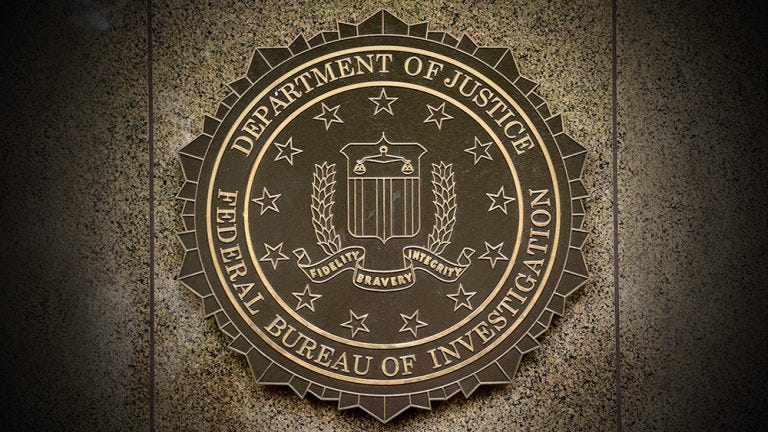
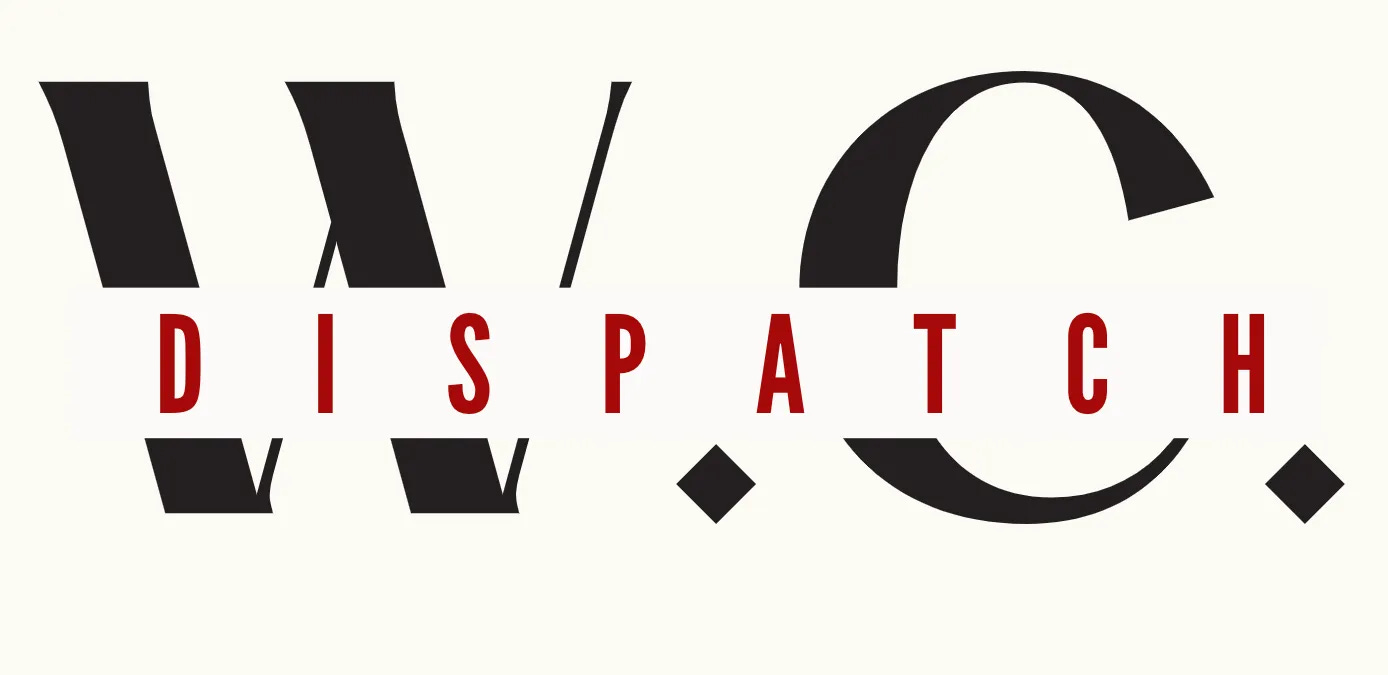
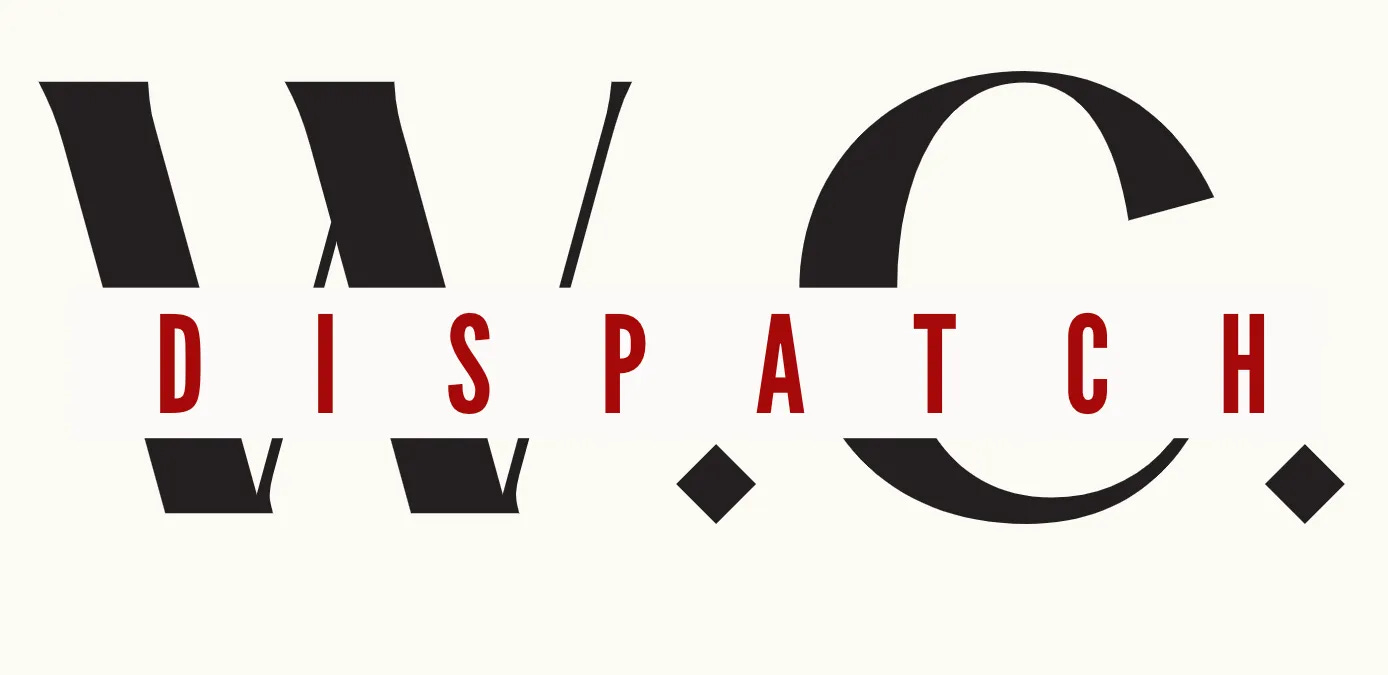
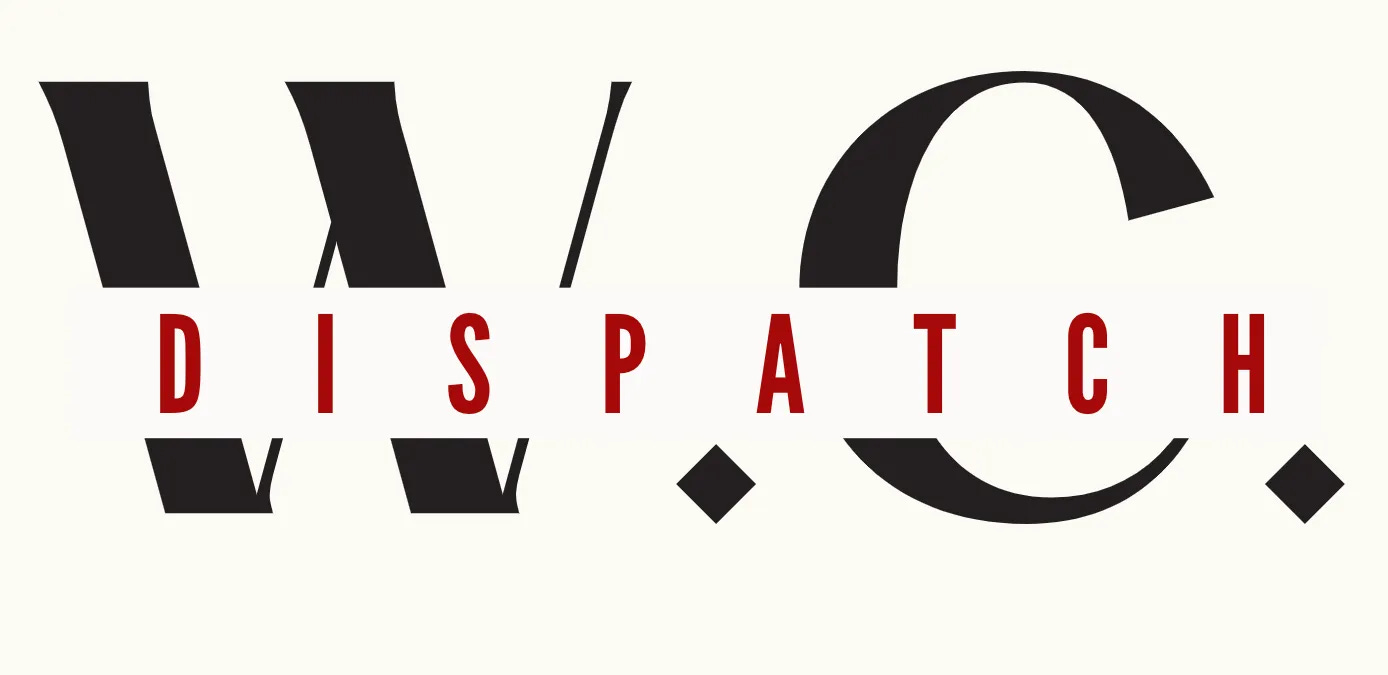
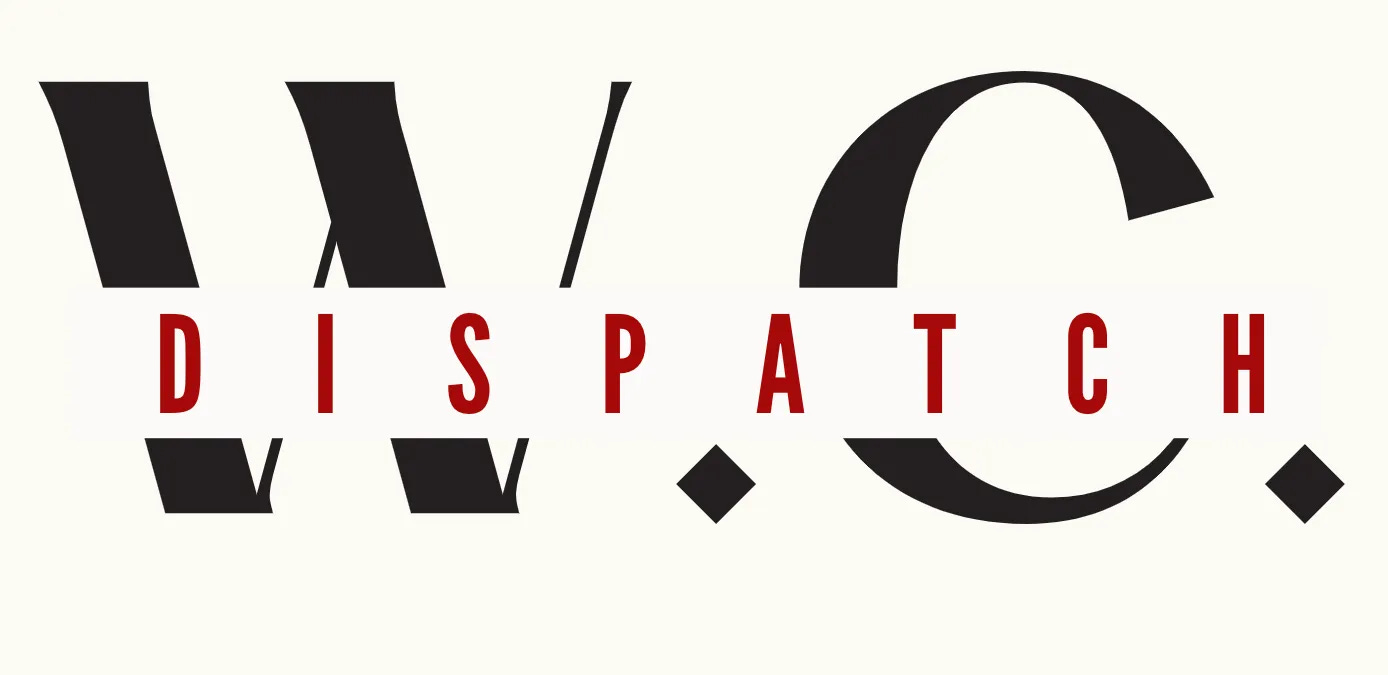
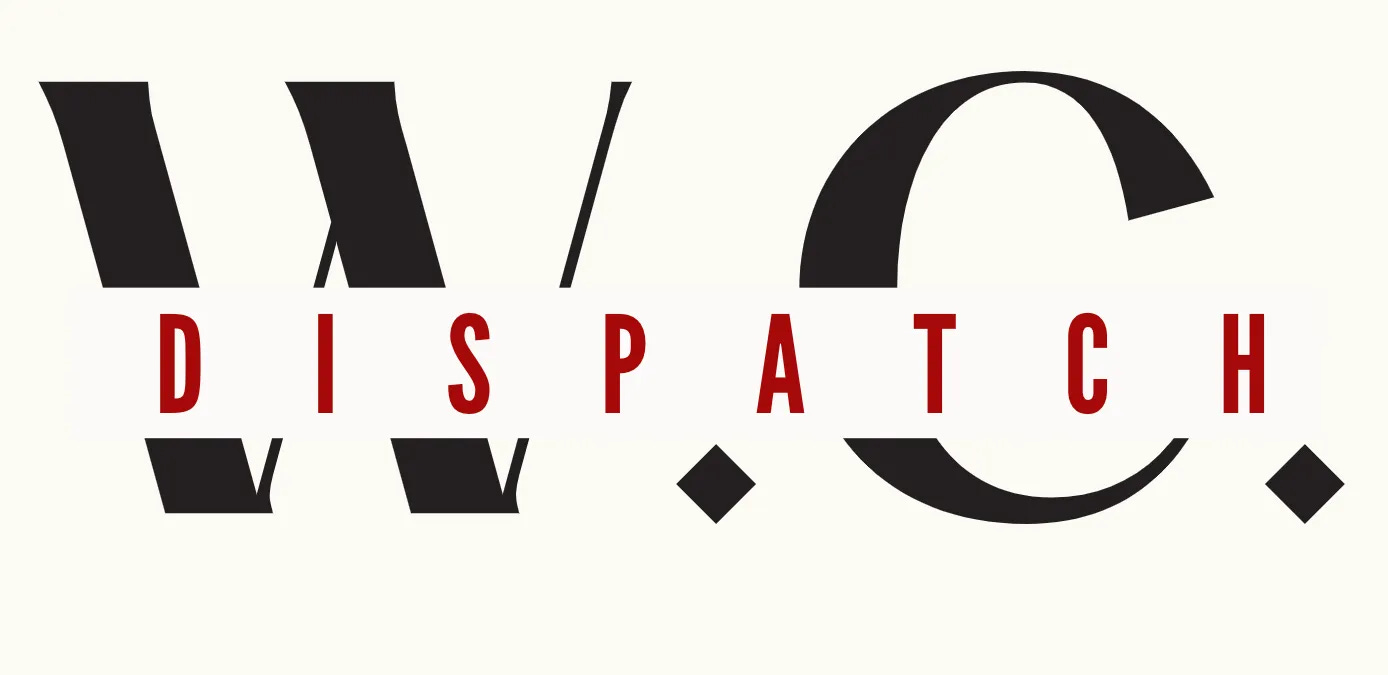
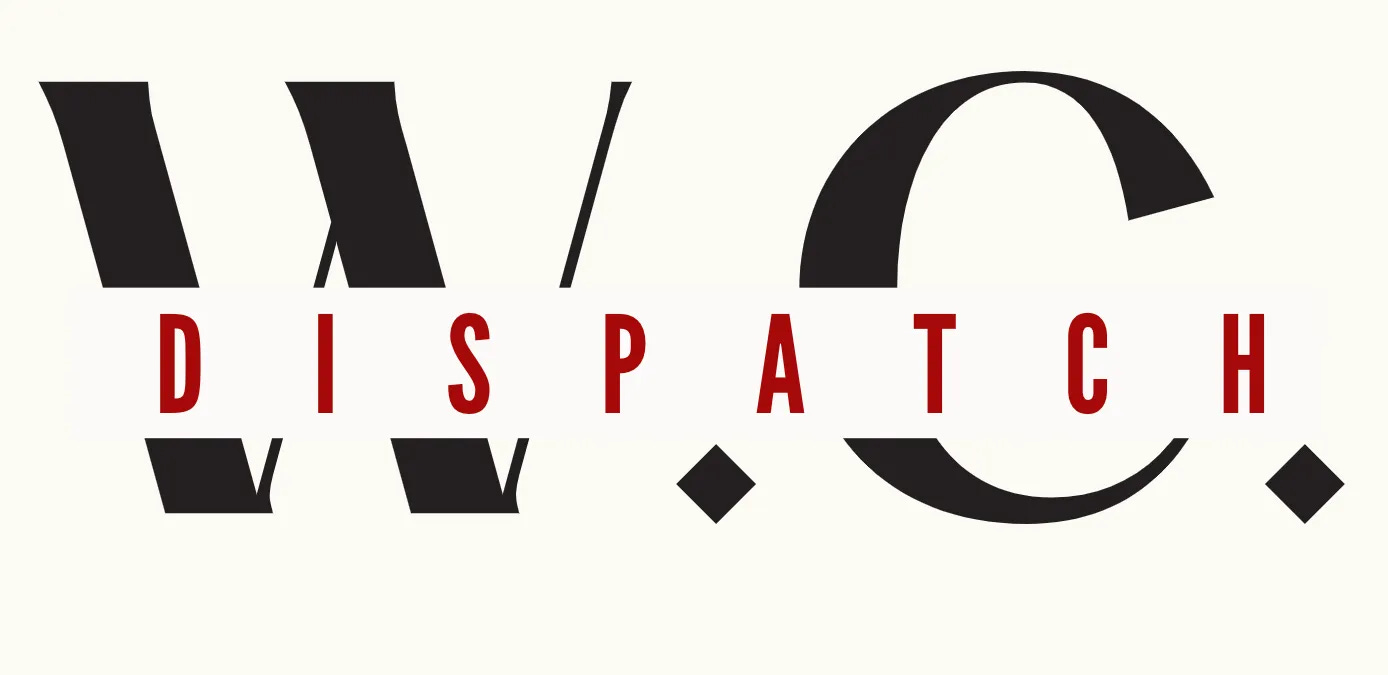
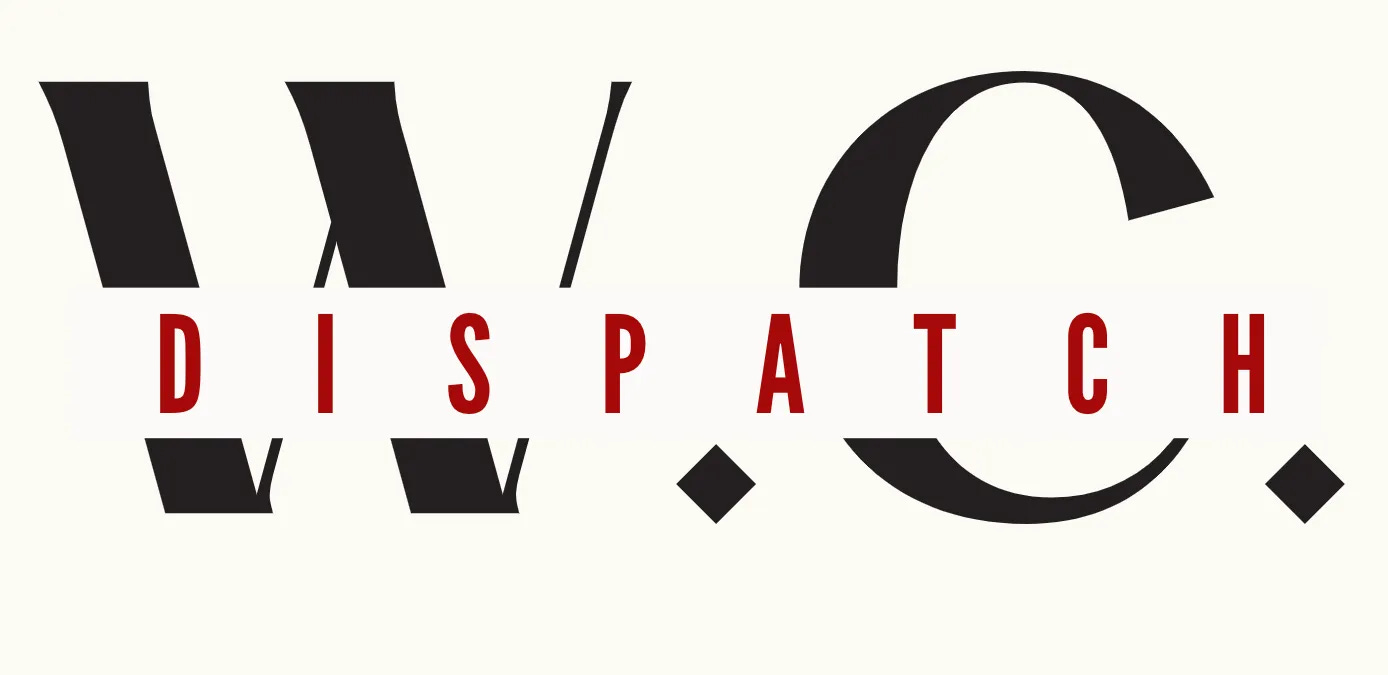
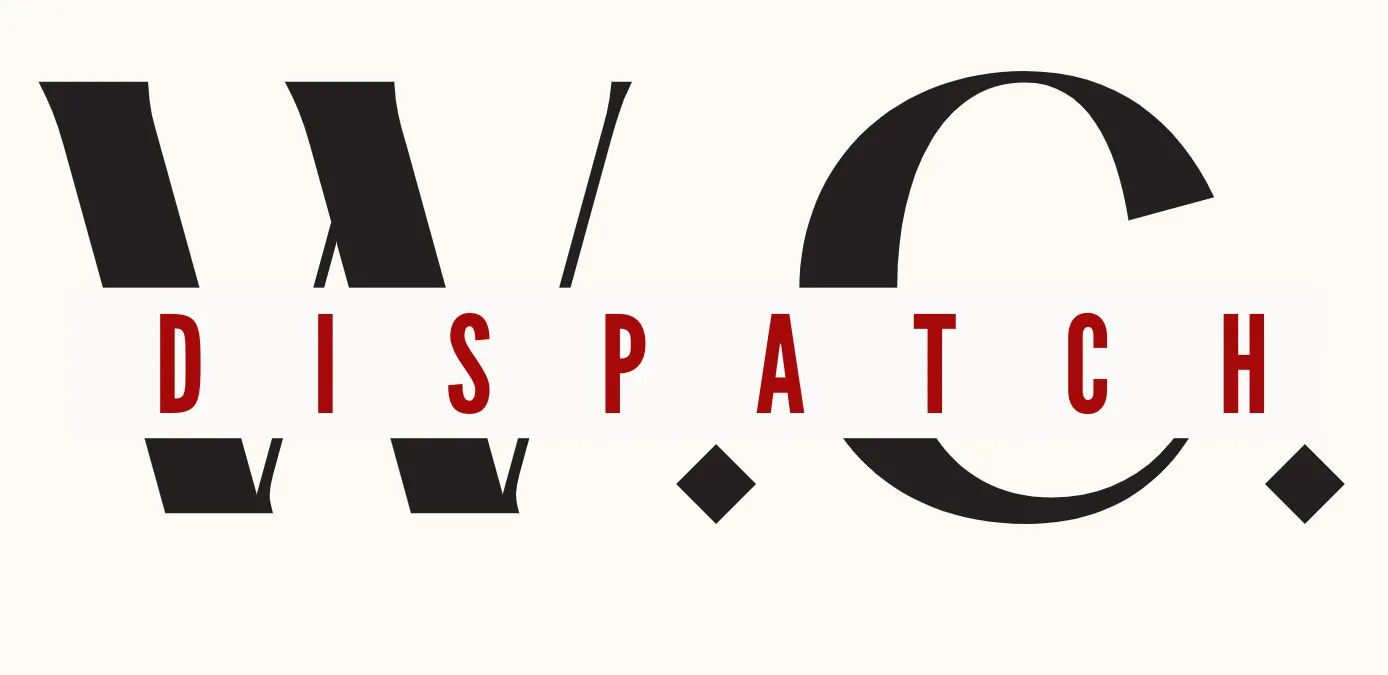
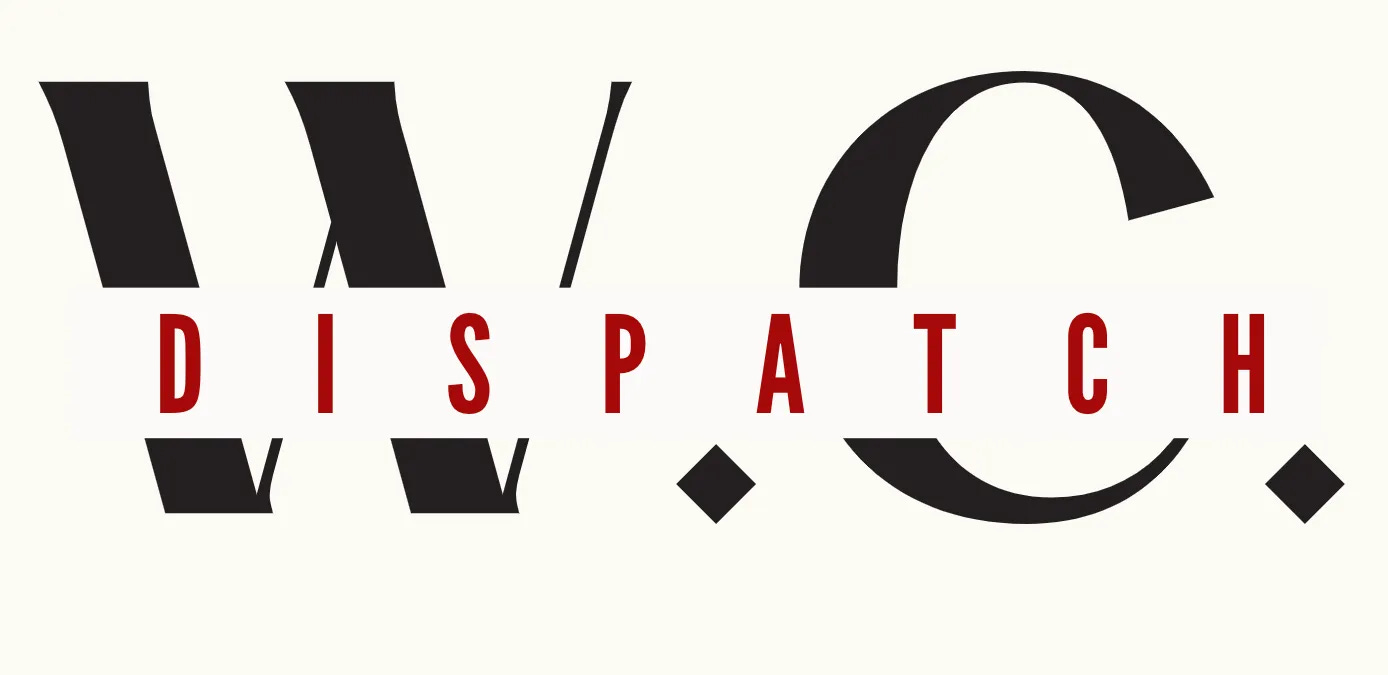
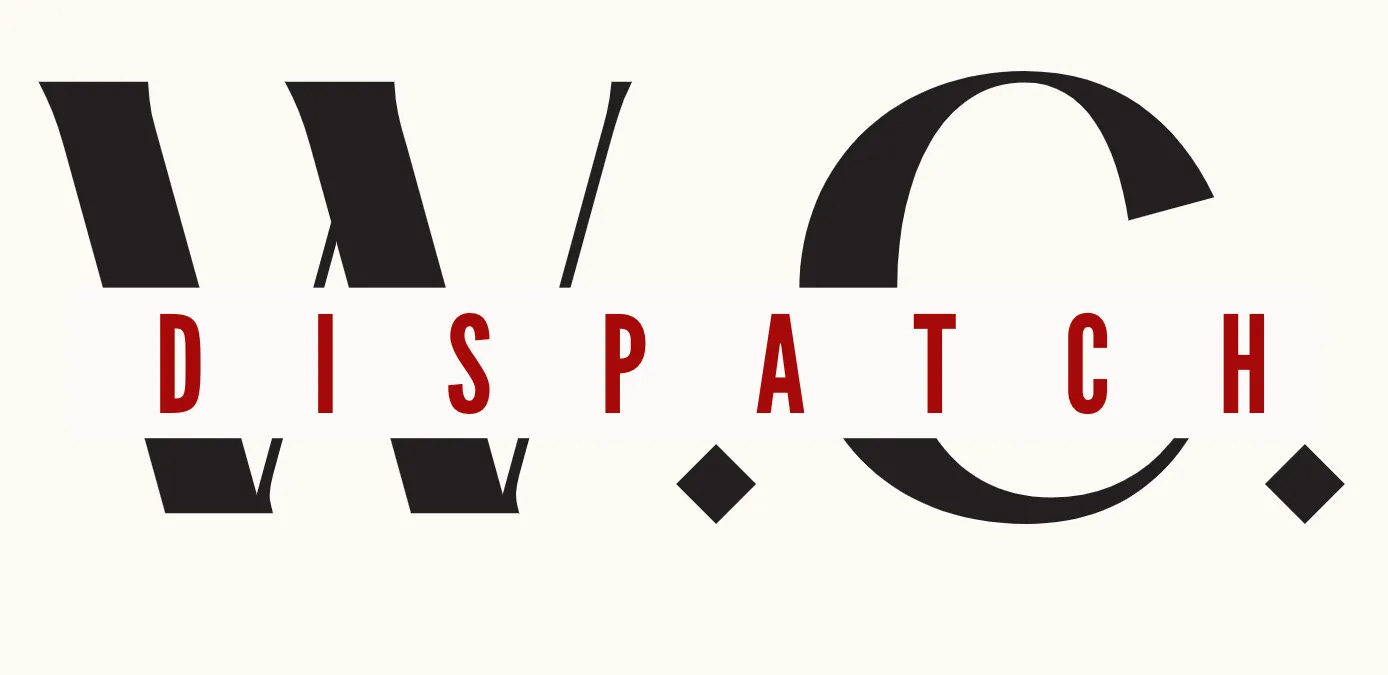
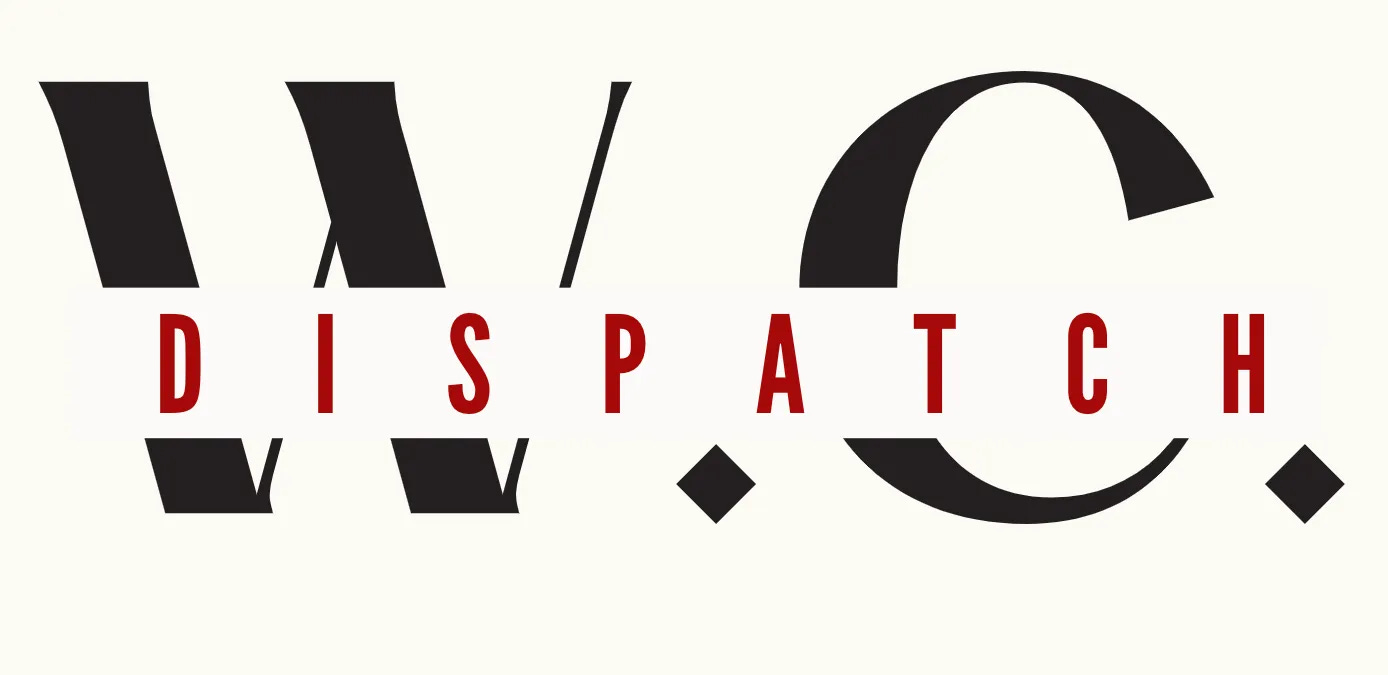
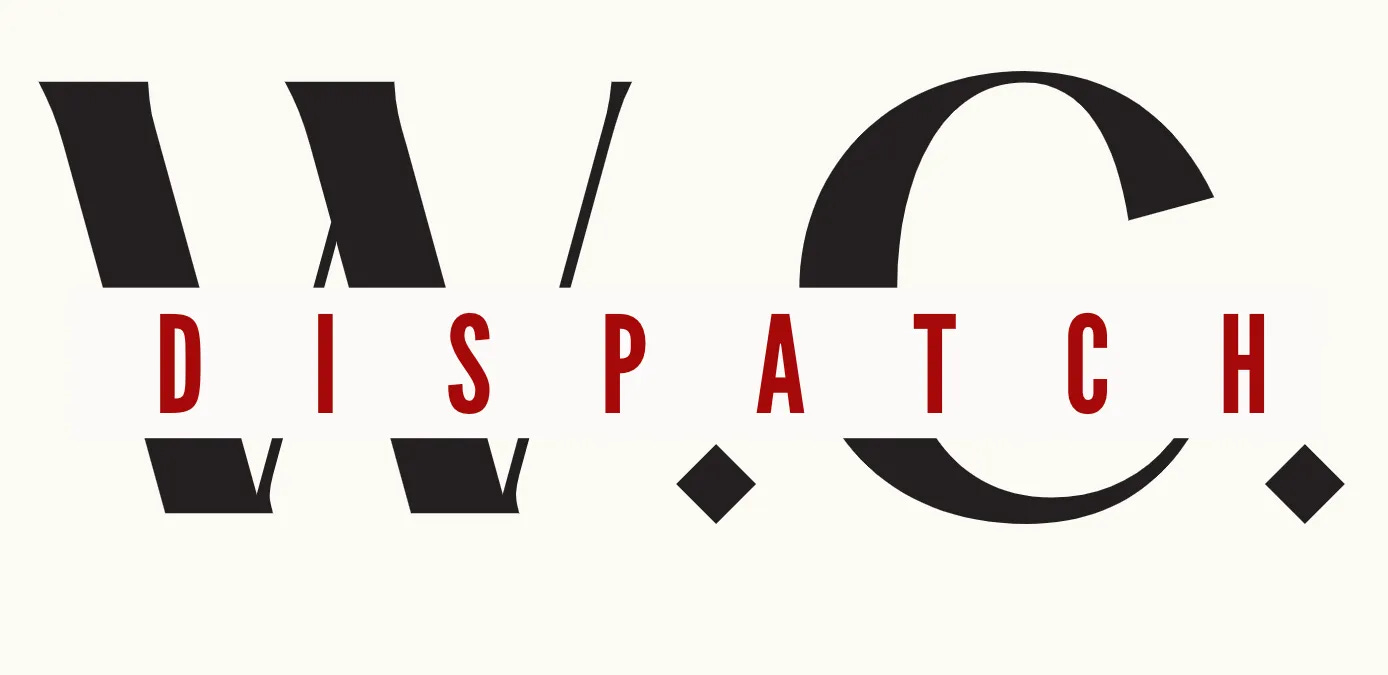
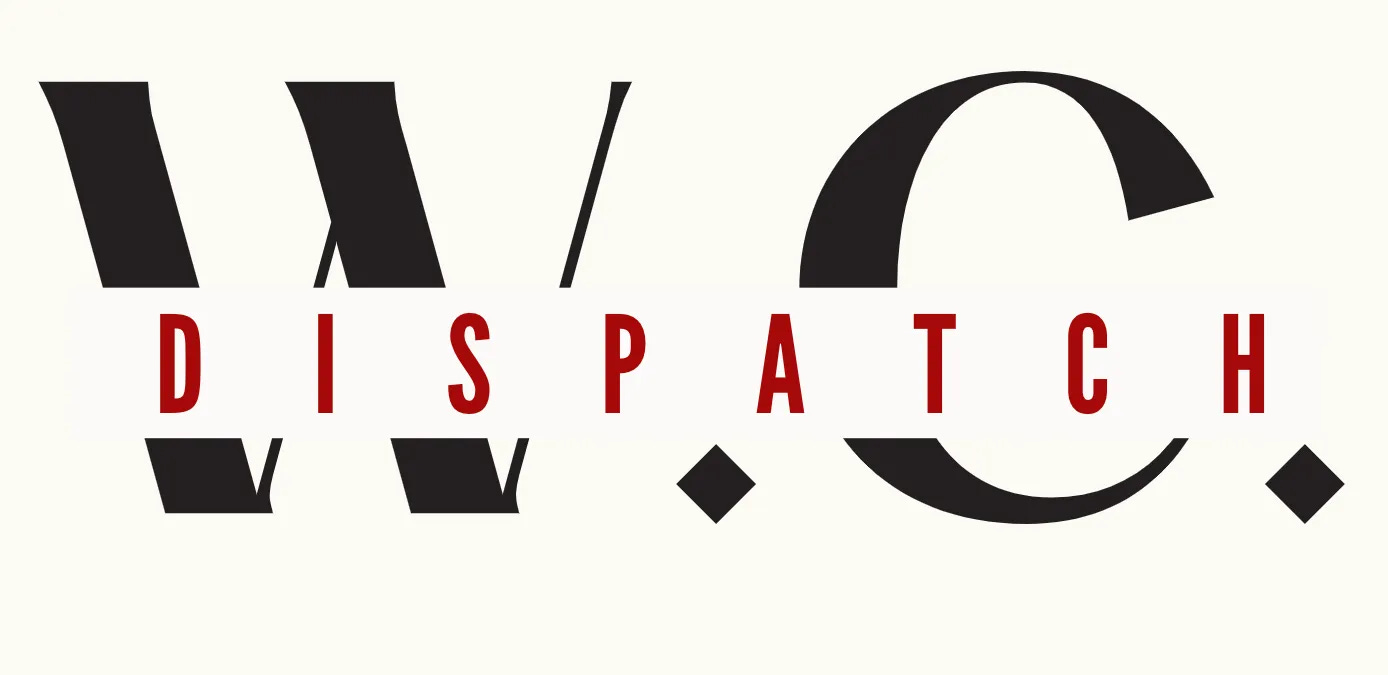
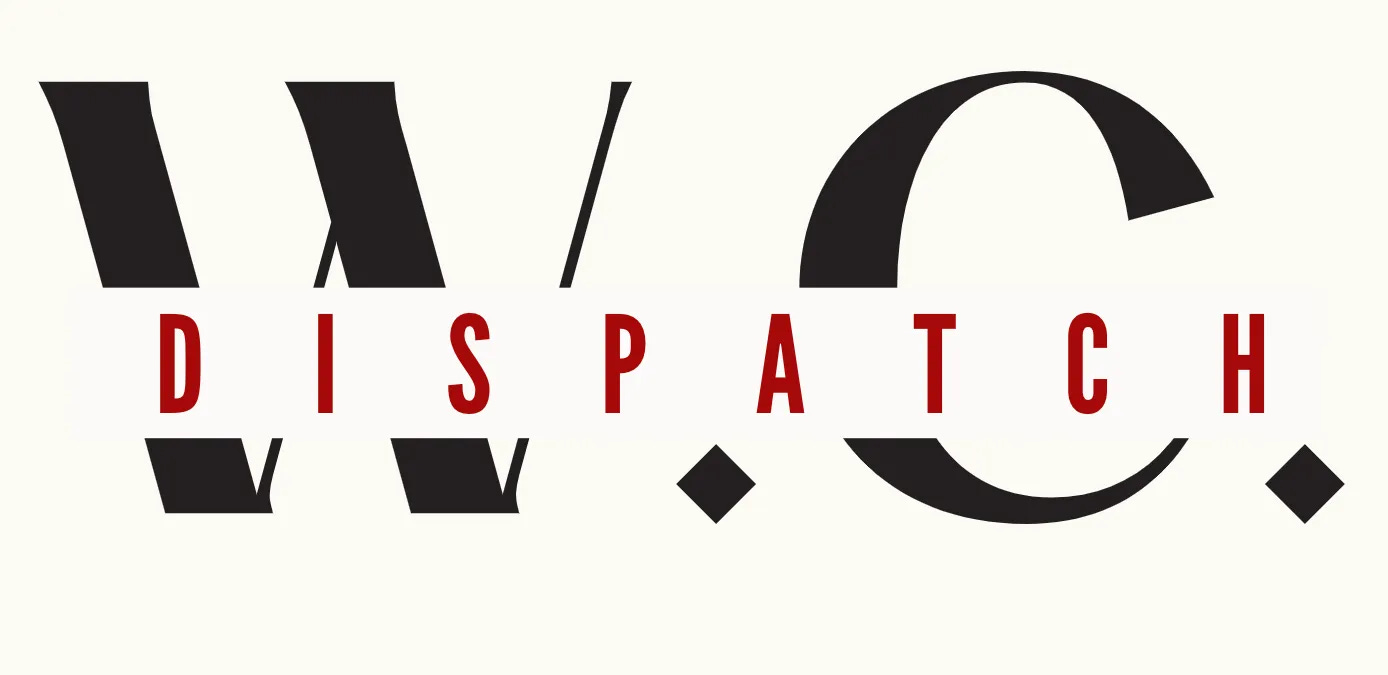
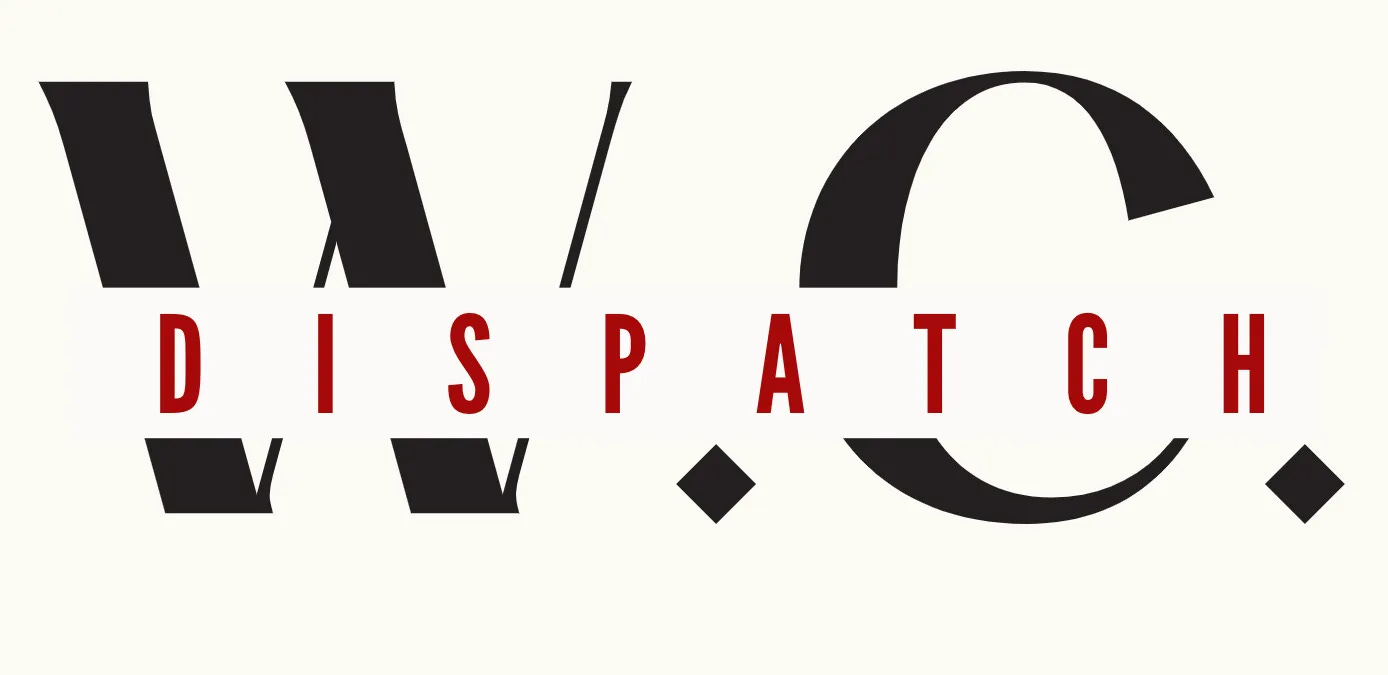
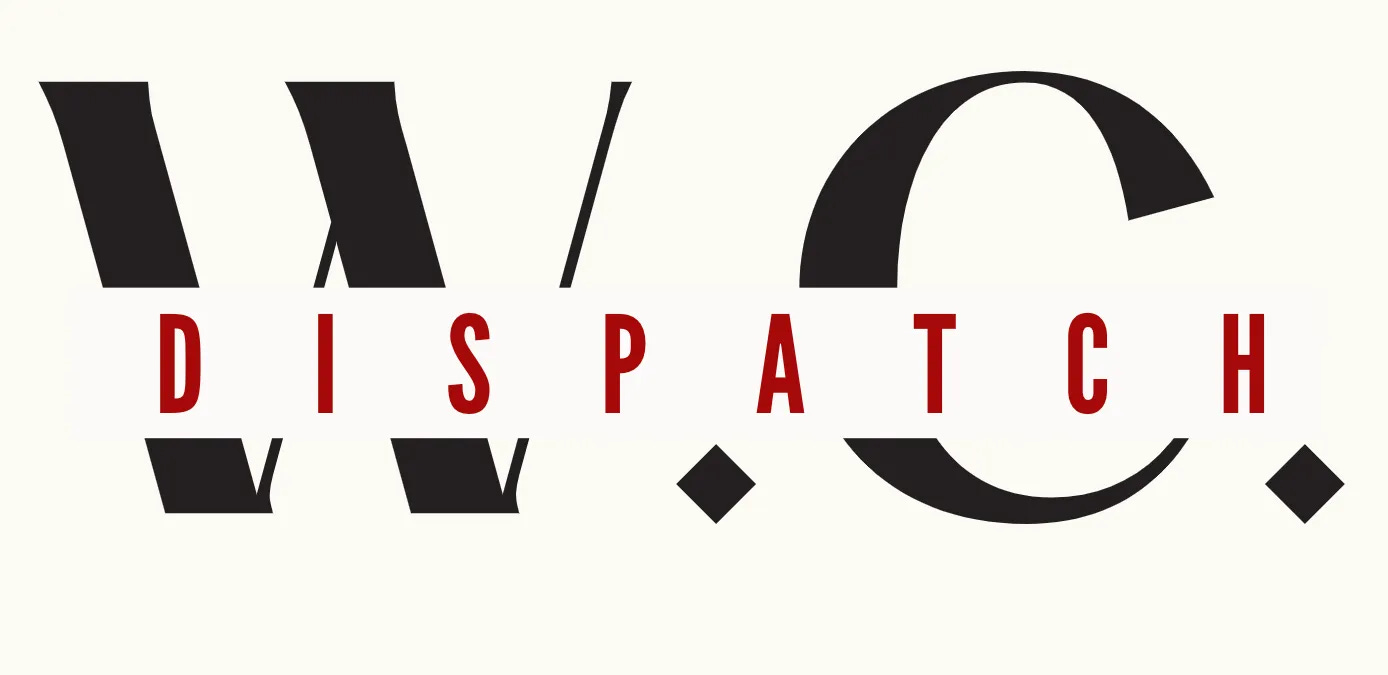
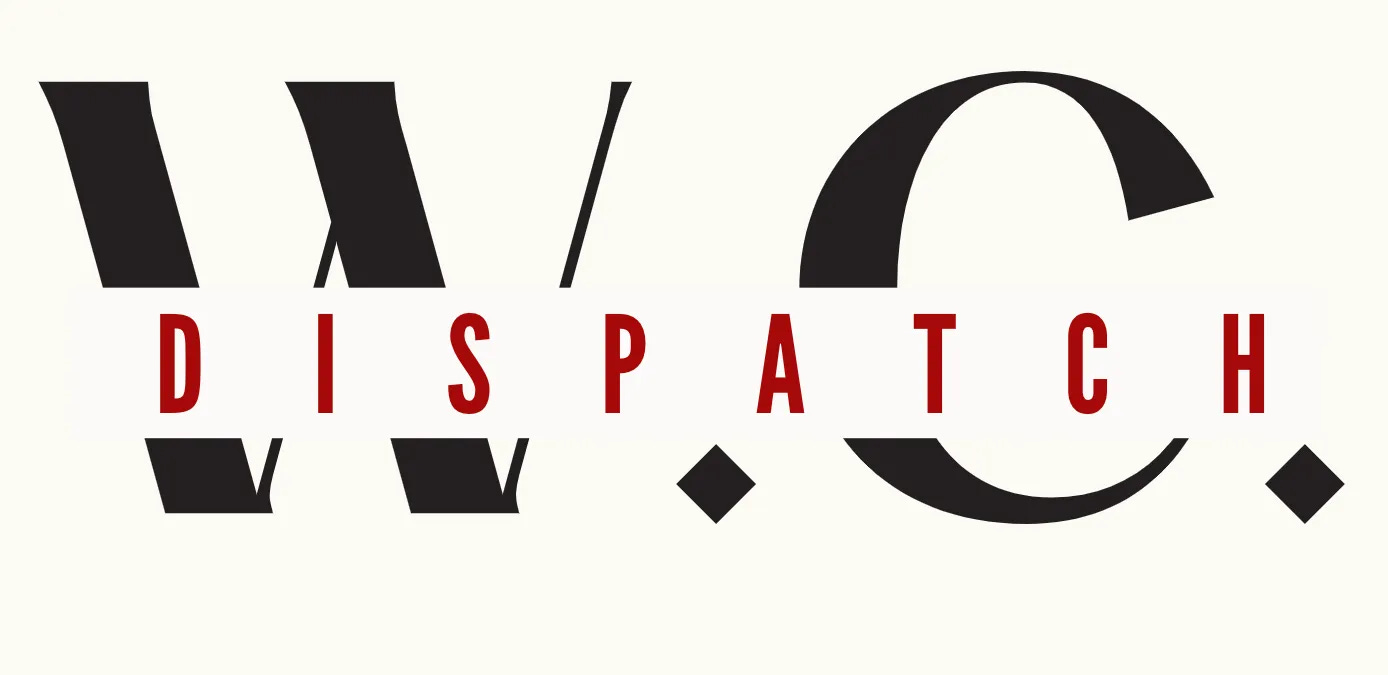
Amazing piece. Great job. 👏
Excellent breakdown of events.